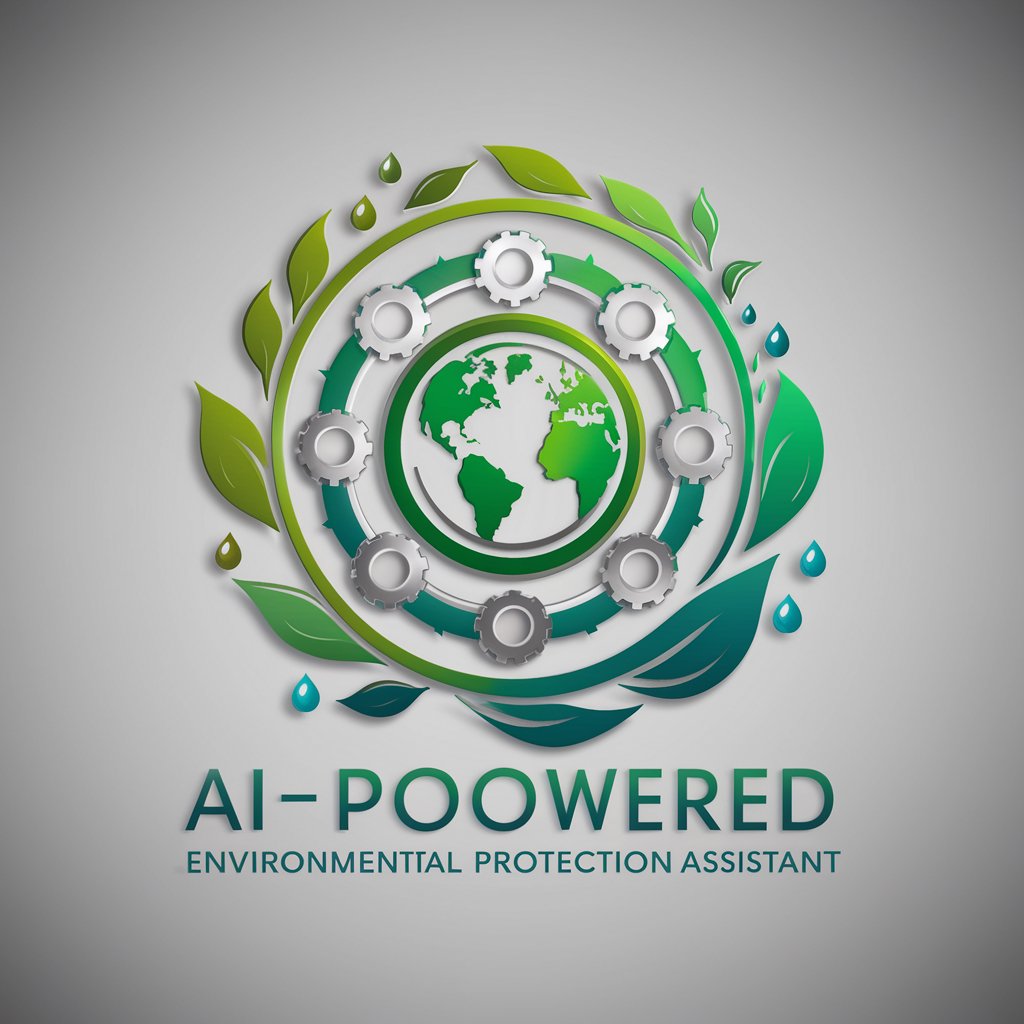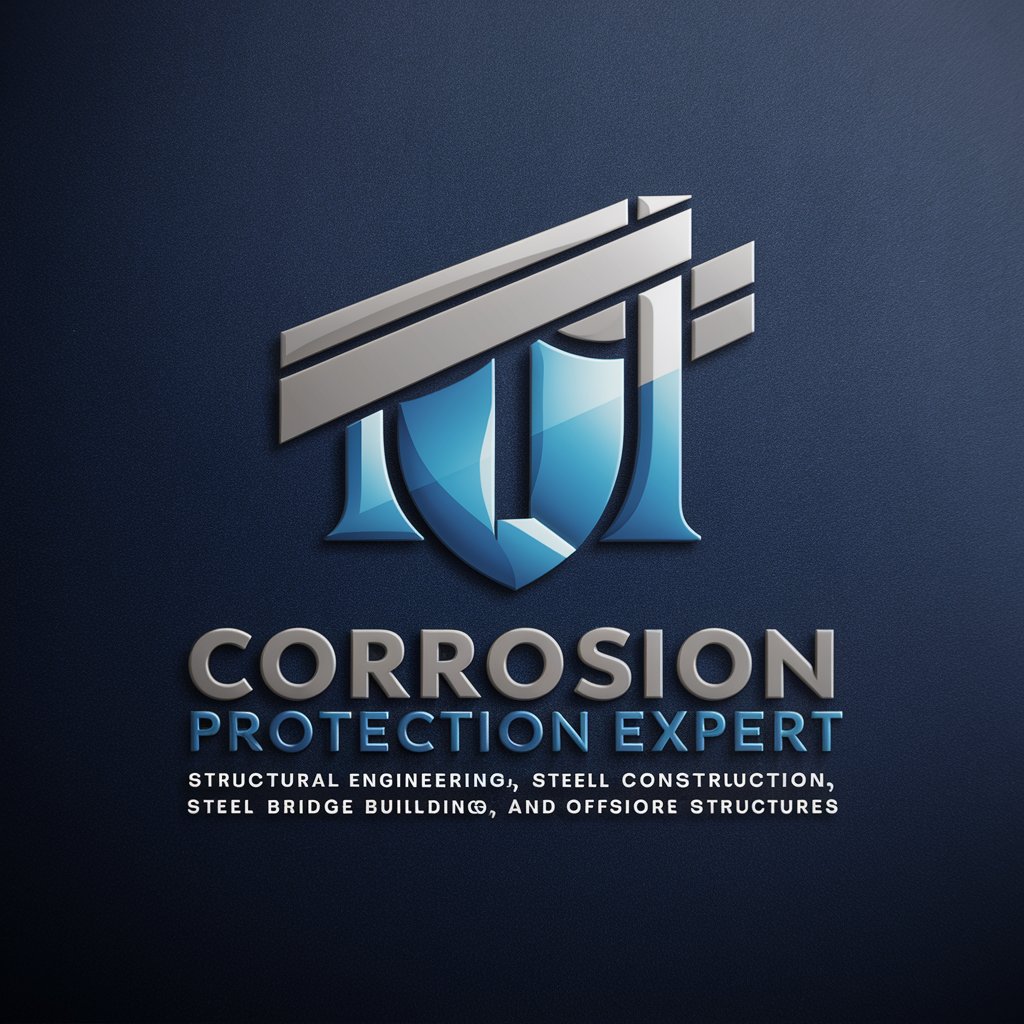
Cathodic Protection - Cathodic Protection Assistance

Welcome to your cathodic protection assistant.
Guarding metals against corrosion with AI
Explain the fundamentals of cathodic protection in layman's terms.
What are the key components of an impressed current cathodic protection system?
Describe the process of evaluating the effectiveness of a cathodic protection system.
How does stray current affect the performance of cathodic protection systems?
Get Embed Code
Introduction to Cathodic Protection
Cathodic Protection (CP) is an electrochemical means of corrosion control in which the oxidation reaction in a galvanic cell is concentrated at the anode and suppresses corrosion of the cathode in the same cell. Essentially, it reduces the corrosion rate of a metal surface by making it the cathode of an electrochemical cell. For instance, in a pipeline, CP can prevent the pipeline metal from becoming anodic (where corrosion occurs) and instead, ensures it acts as a cathode, thereby protecting the integrity of the pipeline. Powered by ChatGPT-4o。

Main Functions of Cathodic Protection
Protection of Buried or Submerged Metallic Structures
Example
Pipelines, storage tanks, steel pilings
Scenario
These structures are prone to corrosion when in contact with the soil or water. CP systems, either galvanic or impressed current systems, are installed to protect these structures by preventing the metal from corroding.
Extends Life of Infrastructure
Example
Bridges, offshore oil platforms
Scenario
CP helps in significantly extending the service life of infrastructure by slowing down the corrosion processes, saving costs on maintenance and replacements over time.
Ensures Safety and Environmental Protection
Example
Gas pipelines
Scenario
By preventing leaks in pipelines through corrosion control, CP helps in avoiding potential hazards and environmental contamination.
Ideal Users of Cathodic Protection Services
Oil and Gas Industry
Operators of pipelines, storage tanks, and offshore platforms require CP to protect their assets from corrosion, ensuring continuous and safe operation.
Municipalities and Public Infrastructure Authorities
Entities responsible for the maintenance of bridges, water and sewage pipelines, and other metallic structures benefit from CP to extend the lifespan of these assets and reduce maintenance costs.
Marine Industry
Owners of ships, harbors, and jetties use CP to guard against the corrosive marine environment, protecting vessels and structures from degradation.

Using Cathodic Protection
1
Initiate your journey into cathodic protection by exploring yeschat.ai for a hands-on trial experience, which requires no sign-up or ChatGPT Plus subscription.
2
Identify the specific structures or assets requiring protection, such as pipelines, marine vessels, or underground storage tanks, to determine the appropriate cathodic protection (CP) system.
3
Choose between galvanic (sacrificial anode) or impressed current cathodic protection systems based on the application's needs, considering factors like size, soil resistivity, and required protection level.
4
Conduct a thorough site survey to assess environmental conditions, existing corrosion levels, and electrical continuity of the structure to tailor the CP system design effectively.
5
Regularly monitor and maintain the CP system to ensure optimal performance, utilizing techniques such as potential measurements and rectifier inspections, and adjust as necessary for enduring protection.
Try other advanced and practical GPTs
Virus protection
Empowering security with AI vigilance.

Market Research Assistant
Empower decisions with AI-driven market insights.

Eduverse Summit Promoter
Elevating Educational Summits with AI

Summit AI
Empowering Innovation with AI Expertise

SUMMIT AI + SUMMIT Funding
Empowering Startups for Growth and Capital

Coaching & Mentorship from Berg Summit
Empowering Your Growth with AI

Heartfelt Protection
Empathetic AI for Emotional Wellness

Antivirus Protection
Empowering security with AI vigilance.

Environmental protection
Empowering sustainable decisions with AI.

Protection by Chris
AI-powered Celebrity Protection Expertise

Wildlife Protection 101
Empower your conservation journey with AI.

Massachusetts Wetland Protection Act
Navigate wetland regulations with AI

Cathodic Protection Q&A
What is cathodic protection and how does it work?
Cathodic protection (CP) is a technique used to control the corrosion of a metal surface by making it the cathode of an electrochemical cell. A metal anode is sacrificed in the process or an external power source applies a current, preventing the protected metal from corroding.
When should cathodic protection be used?
CP should be used for metals at high risk of corrosion, such as those buried in soil or submerged in water, including pipelines, storage tanks, ship hulls, and offshore structures. It's particularly valuable in harsh or corrosive environments.
What are the types of cathodic protection systems?
There are two main types: galvanic (or sacrificial anode) CP systems, which use anodes that naturally corrode to protect the cathodic structure; and impressed current CP systems, which use an external power source to drive protection.
How is the effectiveness of a cathodic protection system measured?
Effectiveness is measured by assessing the structure's potential with reference electrodes, ensuring it meets specific criteria (e.g., -0.85 volts versus a copper/copper sulfate reference electrode for steel in soil or water). Regular monitoring and adjustments are necessary.
Can cathodic protection be used for all metals?
CP is most effective for metals like steel, aluminum, and copper, which are commonly used in infrastructure. It is not universally applicable to all metal types due to differences in electrochemical properties and environments.





